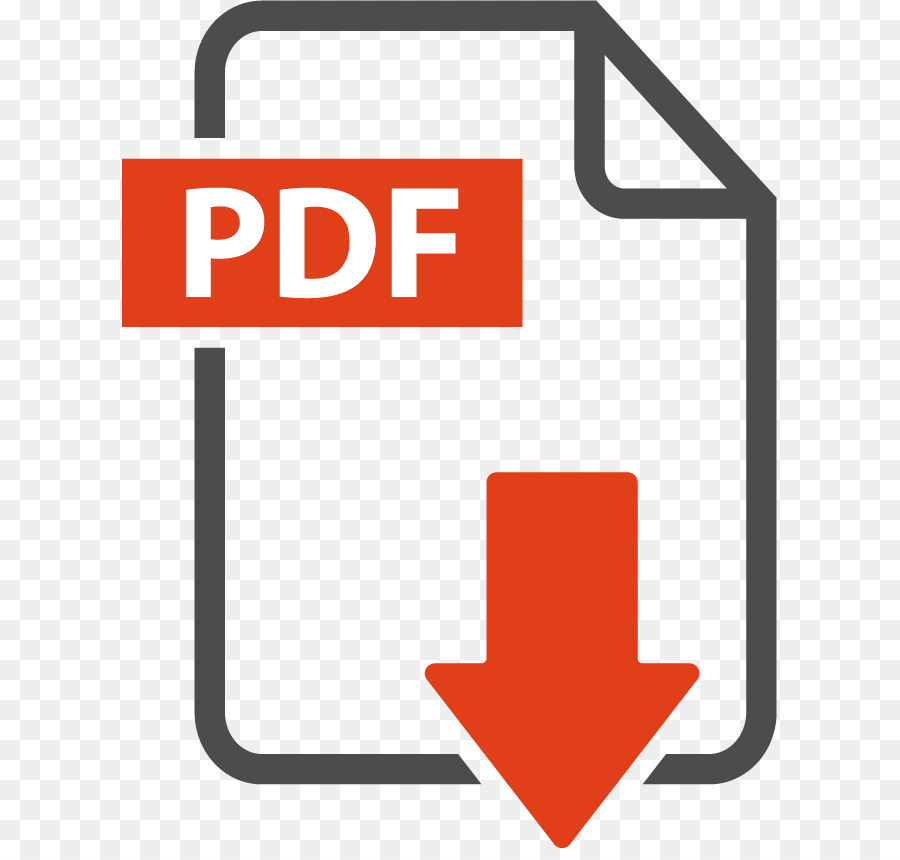Augmenting Couples’ Communication with Lifelines: Shared Timelines of Mixed Contextual Information
Authors: Carla F. Griggio, Midas Nouwens, Joanna McGrenere, and Wendy E. Mackay
Published in CHI '19: Proceedings of the 2019 CHI Conference on Human Factors in Computing Systems, 2019
Get PDF
Couples exhibit special communication practices, but apps rarely offer couple-specific functionality. Research shows that sharing streams of contextual information (e.g. location, motion) helps couples coordinate and feel more connected. Most studies explored a single, ephemeral stream; we study how couples' communication changes when sharing multiple, persistent streams. We designed Lifelines, a mobile-app technology probe that visualizes up to six streams on a shared timeline: closeness to home, battery level, steps, media playing, texts and calls. A month-long study with nine couples showed that partners interpreted information mostly from individual streams, but also combined them for more nuanced interpretations. Persistent streams allowed missing data to become meaningful and provided new ways of understanding each other. Unexpected patterns from any stream can trigger calls and texts, whereas seeing expected data can replace direct communication, which may improve or disrupt established communication practices. We conclude with design implications for mediating awareness within couples.
Recommended citation: Carla F. Griggio, Midas Nouwens, Joanna McGrenere, and Wendy E. Mackay. 2019. Augmenting Couples' Communication with Lifelines: Shared Timelines of Mixed Contextual Information. In Proceedings of the 2019 CHI Conference on Human Factors in Computing Systems (CHI '19). Association for Computing Machinery, New York, NY, USA, Paper 623, 1–13. DOI:https://doi.org/10.1145/3290605.3300853 https://dl.acm.org/doi/10.1145/3290605.3300853?cid=81500663869
